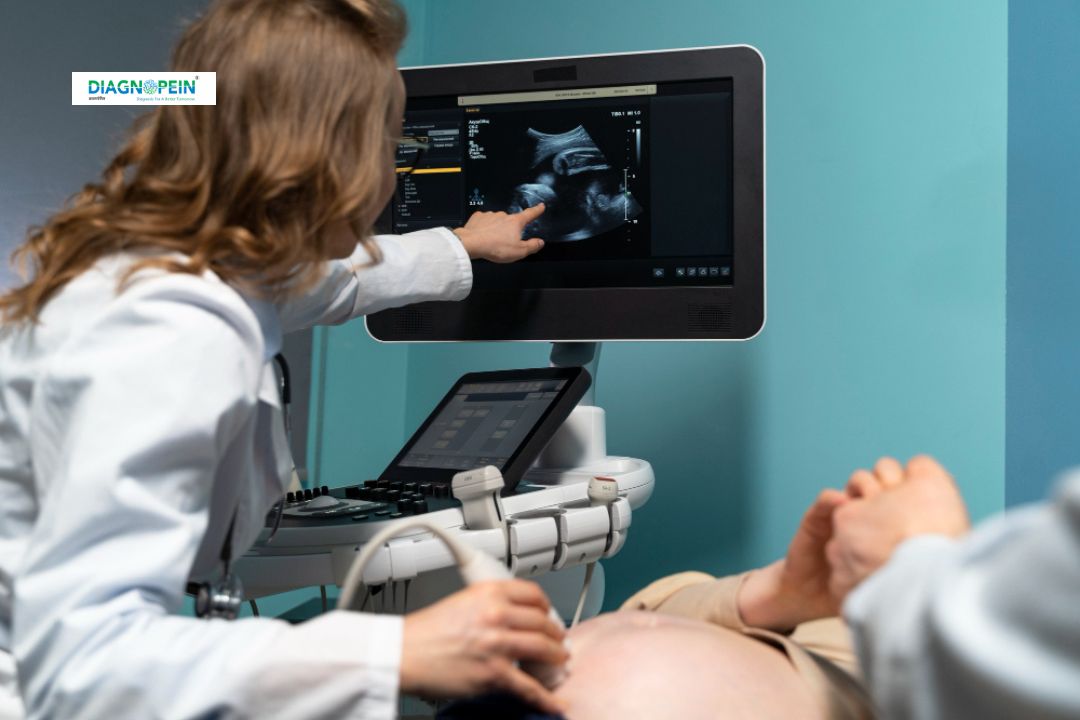Why USG Ovulation Study is Important
A USG Ovulation Study provides valuable information for fertility planning. Ovulation timing is essential to achieving pregnancy, and many women struggle to track it precisely through simple calendar tracking or ovulation kits. By using ultrasound, doctors get a clear view of follicular growth and the endometrial lining’s development.
Key Reasons for USG Ovulation Study:
-
To determine the exact day of ovulation.
-
To monitor follicle size and count.
-
To assess uterine and endometrial conditions for pregnancy.
-
To manage fertility treatments such as IUI and IVF.
-
To identify ovulation disorders or hormonal irregularities.
This study helps couples understand their fertility cycle clearly, improving the chances of successful conception. The process is safe, painless, and highly effective for women experiencing irregular periods or unexplained infertility.
Benefits of USG Ovulation Study
The USG Ovulation Study offers multiple clinical and personal benefits for women and couples planning a pregnancy.
Main Benefits:
-
Accurate identification of the fertile window.
-
Non-invasive, radiation-free, and safe procedure.
-
Helps guide timed intercourse or fertility treatments.
-
Detects ovulation-related issues early.
-
Suitable for tracking responses to fertility medications.
-
Provides visual confirmation of follicle rupture (ovulation event).
For gynecologists, this study simplifies treatment planning through precise data-backed fertility tracking. For patients, it reduces anxiety by providing real-time reproductive insights.
How the USG Ovulation Study is Performed
The USG Ovulation Study procedure is performed using a transvaginal ultrasound scanner. The study begins on Day 9 or 10 of the menstrual cycle and continues until ovulation is confirmed.
Testing Process:
-
The patient lies comfortably as the sonologist inserts a transvaginal probe to visualize the ovaries and uterus.
-
The doctor measures follicle size daily or every alternate day.
-
Once the follicle reaches 18–24 mm, ovulation is expected soon.
-
A follow-up scan confirms follicle rupture, indicating that ovulation has occurred.
The process may require 4–6 visits depending on the menstrual cycle. There is no need for fasting or special preparation, and patients can resume normal activities immediately after the scan.








